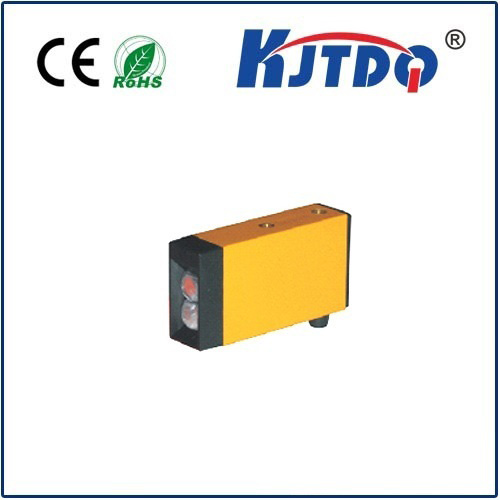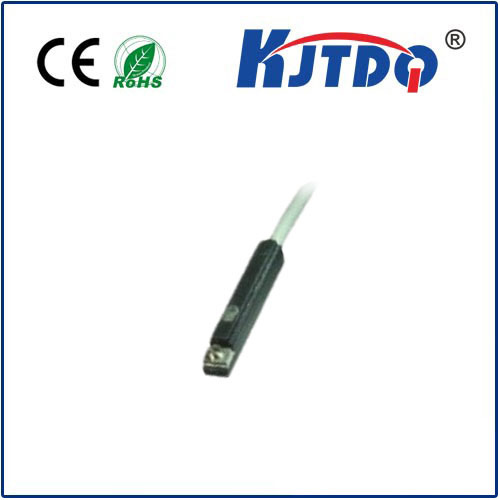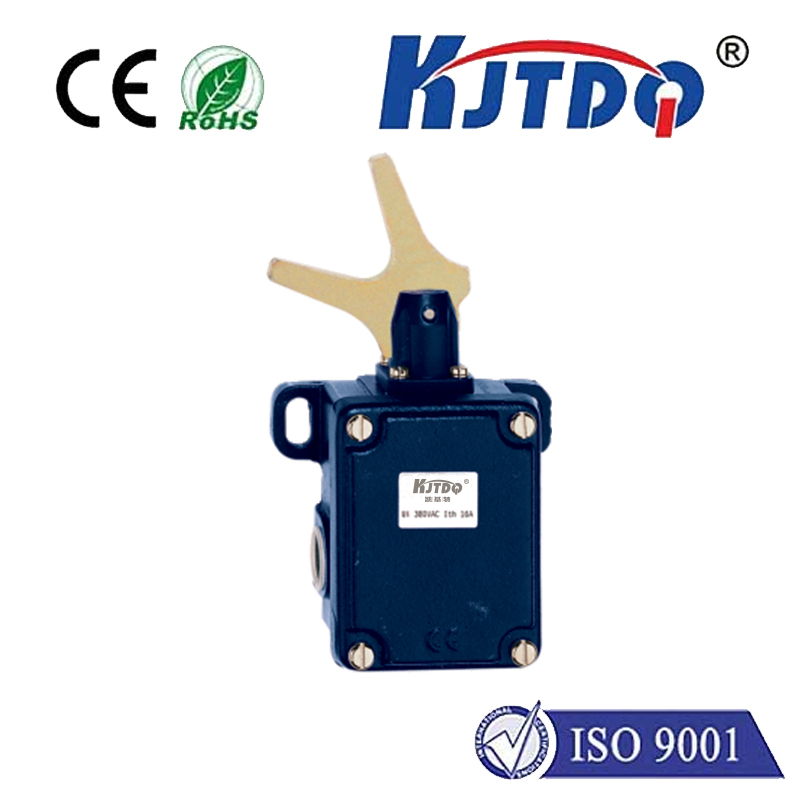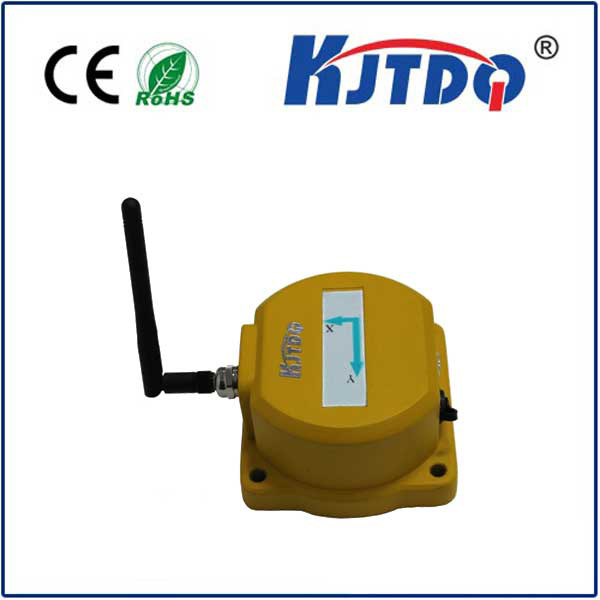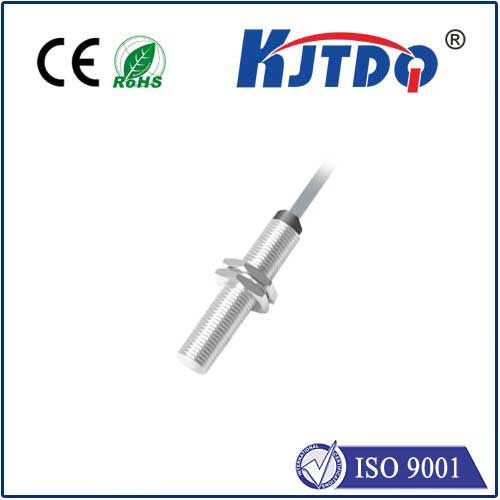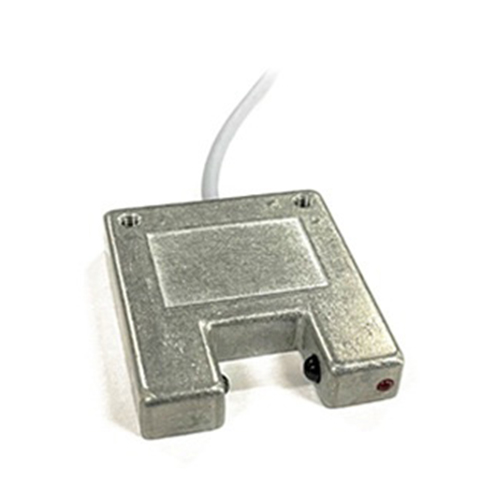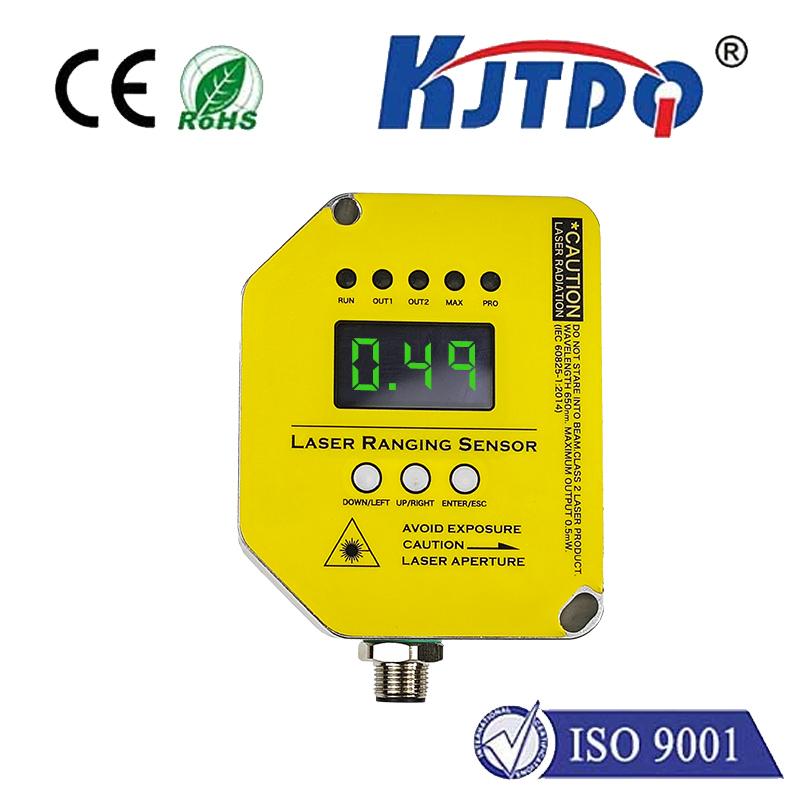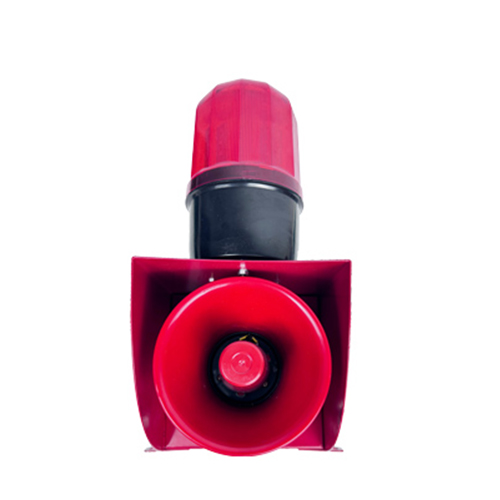

check

check

check

check

check

check

check

check

check

check
High Temperature Proximity Switch: A Reliable Solution for Harsh Industrial Environments
In industrial settings, reliability and durability are paramount. One crucial component that often gets overlooked is the proximity switch, particularly in high temperature environments. The high temperature proximity switch is a specialized device designed to withstand the challenges of extreme heat while maintaining accurate and consistent performance.
A high temperature proximity switch operates on the principle of sensing the presence or absence of an object without physical contact. This non-contact method of detection is achieved through technologies such as inductive, capacitive, ultrasonic, or photoelectric sensing mechanisms. When exposed to elevated temperatures, standard proximity switches can fail or provide incorrect readings due to thermal stress. However, high temperature proximity switches are engineered to function flawlessly within their specified temperature ranges.

These switches are constructed using high-temperature materials and advanced manufacturing techniques that ensure stability even when subjected to continuous heat exposure. They are equipped with special insulation and cooling systems that prevent overheating, making them suitable for applications in furnaces, boilers, steel mills, glass manufacturing, and other industries where high temperatures are commonplace.
The benefits of using a high temperature proximity switch extend beyond mere thermal resistance. These switches offer increased safety by eliminating the risk of sparks or fires associated with contact-based switches. They also reduce maintenance costs since they are less prone to wear and tear caused by mechanical switching actions. Furthermore, they provide greater flexibility in design due to their ability to operate effectively in confined spaces or harsh conditions.
In terms of application, high temperature proximity switches play a vital role in monitoring and controlling industrial processes. They can be used to detect the position of machinery parts, control conveyor belts, monitor liquid levels in tanks, and provide safety interlocks for hazardous equipment. By reliably detecting the presence or absence of objects under extreme conditions, these switches help ensure continuous operation and prevent costly downtime.
When selecting a high temperature proximity switch, it's important to consider factors such as the maximum operating temperature, response time, output type (e.g., NPN or PNP), and mounting options. Additionally, compatibility with existing systems and compliance with relevant industry standards should be taken into account.
In conclusion, the high temperature proximity switch is an essential tool for any industrial setting where heat is a factor. Its ability to perform reliably in extreme temperatures makes it an indispensable component for process control, safety monitoring, and efficiency optimization. Investing in quality high temperature proximity switches not only enhances operational effectiveness but also protects valuable assets from potential damage caused by heat-related failures.
